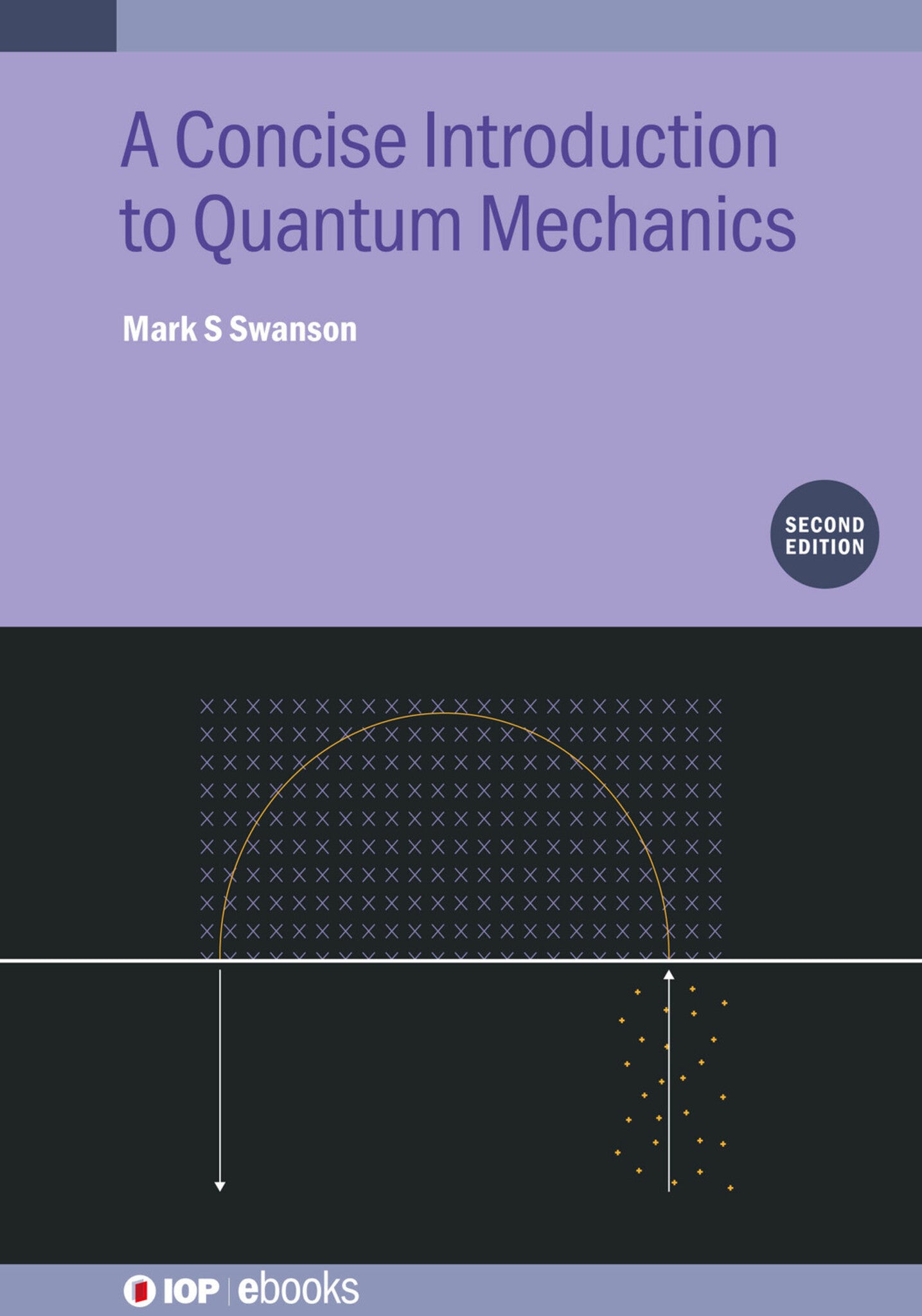We're sorry. An error has occurred
Please cancel or retry.
A Concise Introduction to Quantum Mechanics (Second Edition)

Some error occured while loading the Quick View. Please close the Quick View and try reloading the page.
Couldn't load pickup availability
- Format:
-
30 October 2023

This extended and updated second edition course text presents a logical and concise introduction to the basic concepts, applications, and physical meaning of quantum mechanics. An initial review of classical mechanics and electromagnetism provides the reader with the context for quantum mechanics. Starting with atomic level experimental results, the probabilistic nature of quantum mechanics is derived, with the wave function related to the statistical theory of random variables. Applying the requirement of Galilean invariance yields the Schrodinger equation, and the Copenhagen interpretation of the wave function is discussed. After numerous basic applications of wave mechanics, including the hydrogen atom and the harmonic oscillator, the text then presents Dirac notation and Hilbert space theory. New chapters discuss perturbation theory, path integrals, scattering theory, and quantum entanglement.
Key Features
- Extended and updated edition of a well-used textbook
- Offers a thorough connection to classical mechanics and electromagnetism
- Provides a logical development of basic quantum mechanical concepts and a connection to formal quantum mechanics
- Acts as a complete introduction to the most important quantum mechanical results in basic systems
- An introductory text that provides connections to the current research in quantum computing and measurement theory

SCIENCE / Physics / Quantum Theory, Quantum physics (quantum mechanics and quantum field theory)

Preface
Biography
1 Classical mechanics and electromagnetism
2 The origins of quantum mechanics
3 The wave function and observable quantities
4 Formal wave mechanics
5 Applications of wave mechanics
6 Dirac notation and the matrix formulation
7 Symmetry, angular momentum, and multiparticle states
8 Approximation techniques
9 Scattering



